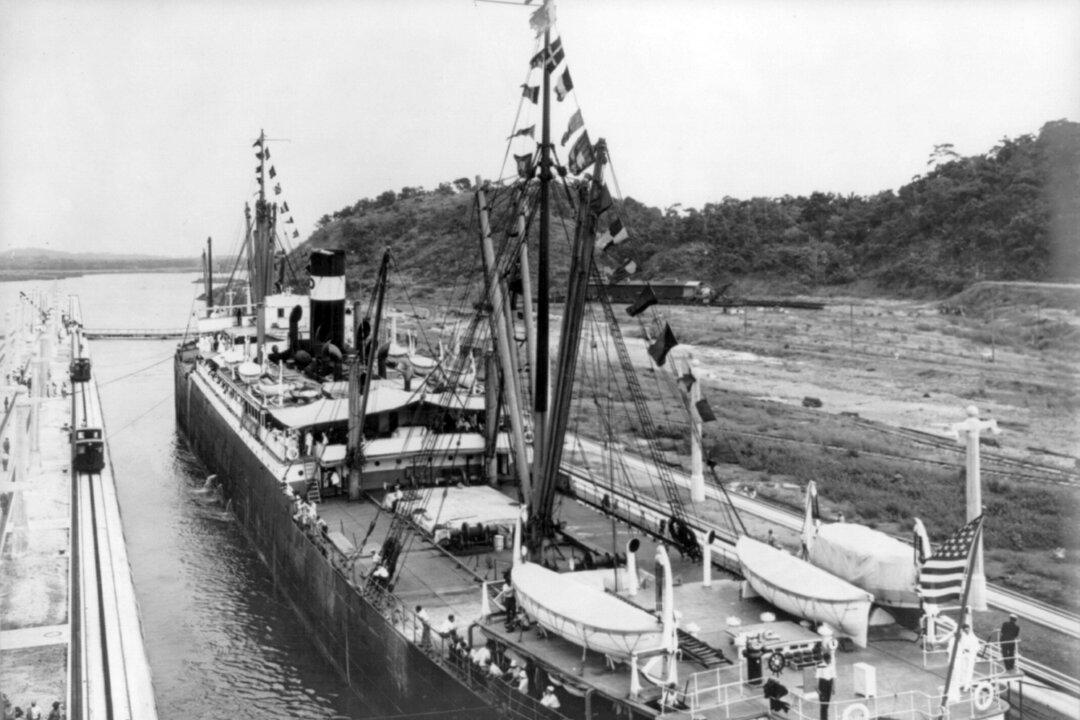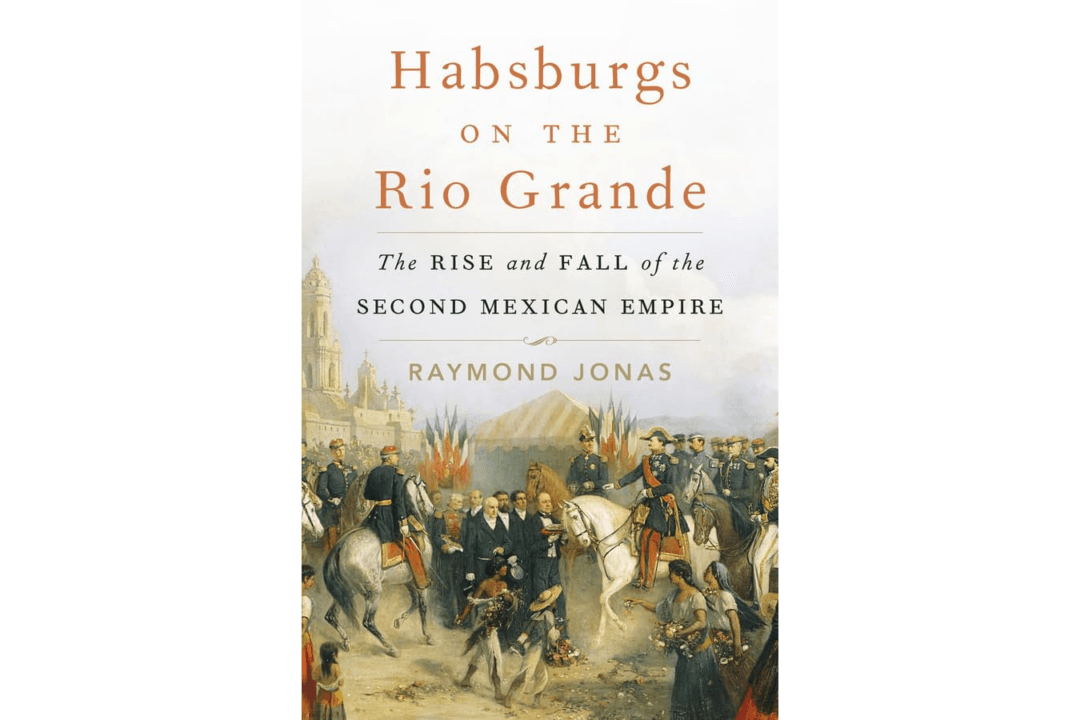Westward expansion is a most fascinating era of American history. It was a time of hope and chaos, promise and betrayal, hardship and serenity, and that hardly covers any of it. Elliott West, renowned historian and one of the finest writers, has penned a tome that is epically readable.
In his “Continental Reckoning: The American West in the Age of Expansion,” West begins with the California Gold Rush―a time when Americans were magnetically drawn across the beautiful and harsh terrain of the continent, or along the Atlantic, the Gulf of Mexico, across the Isthmus of Panama, and up the Pacific Ocean, to reach their destination. Lives were lost, fortunes were made, cities were built.
The author captures the story of the explosive expansion in vivid detail, pulling from historical documents, works of past and present historians, contemporary letters and newspapers, and everything in between.
Moments and People
The Gold Rush and the subsequent Indian Wars are possibly the two most obvious subjects that would be expected in a book about the Westward Expansion. But West also discusses the question of slavery in the territories, the eruption of the Civil War, the role of a new religion called Mormonism, the invention of the telegraph, the building of the transcontinental railroad, how families stayed and, at times, died together, the geographical difficulties of reaching the destination, and the risks that came with arriving at a place where law and order was questionable at best. Among these many subjects, he also presents the varied human subjects making up this new “national family.”“Besides their unprecedented numbers, those in question differed greatly in how they had come to the moment,” West writes. “Former slaves had suddenly gained a freedom they had never known; Indians were losing independence they had always known. Immigrants had come voluntarily, southwestern Hispanos through the stroke of a pen. All differed from one another and among themselves, … they had as little in common as any random sampling of peoples from across the globe.”
Creative Destruction
“Continental Reckoning” is a compilation of social, geographical, political, military, and technological history. It is a collision―initiated by military victory, ignited by a rush for untold wealth, simplified by railroad, and reignited by the Homestead Act―of so many moving parts, and that collision, for many, like the Native American tribes, was inescapable. This collision was not solely from battles and raids―both suffered and instigated by the native peoples―but from things that were seemingly “unobtrusive” such as the military securing open roads to the West, settlers moving heads of cattle, or mining for silver and gold.Nothing in the West was certain, despite the promising prospects. Even the cattle industry, initially deemed to be as economically reliable as a consistently producing mine, suffered devastating winter hits (like the blizzard of 1886) that killed thousands of cattle, annihilated ranches, and depleted wealth.
It was a creative destruction that resulted in great wealth, new states, lost lands, unfathomable accomplishments, globe-changing discoveries, mass misery, and the settling of the “new country.” The ultimate impact of the expansion proves indescribable, as West writes that “as its benefits unfolded over time, it became impossible to measure even roughly the West’s contribution to America’s ascent to power and global influence.”

Hints of Cynicism
For all the beauty and glory that West presents, he also assumes a rather cynical view that can be frustrating to the reader. At times, the book tends too strongly toward social history, resulting in assumptions about people’s motives that are either not true, or true, but unprovable. There is no shortage of documentation about how ill-treated the Native Americans, as well as free blacks, Chinese, and others, were. But he presents whites as rarely, if ever, possessing a positive motive for their actions, even when their actions prove beneficial for others.West does not fall into the trap of oppressor/oppressed, as many social historians tend to do. But it is noticeable that among his many references of modern historians, a number are of that ilk, such as Robert Dykstra, Joshua Paddison, and Mae Ngai.
As academia trends in that direction, West appears to land somewhere in the middle. He seems a near reflection of his book―a historian caught in the escapable rush (of pessimism, rather than gold). Near the end of his book, he writes quite centrically concerning the Native Americans and the settlers: “When the two ways of life came together, one almost always would have to give way. This was the essential story of conquest. Cut through the smug rhetoric, the racist presumptions, and the patriotic goo and what remained was the collision of two cultural worlds that in their material particulars, in how they made their homes and fed their children, could only rarely occupy the same space.”
Yet at the very end―in the final three pages―it seems as though someone hijacked his work to include a modern-day reference, as if they are in any way directly similar. The correlations are far-fetched and uncharacteristic of the book. They are both reckless and pointless, certainly diminishing the seriousness and wonder of such quality work. Excepting the final five or so pages, the first 450 are, for the most part, exceptional.







